A Year In The Cisco Channel: 10 Key Events
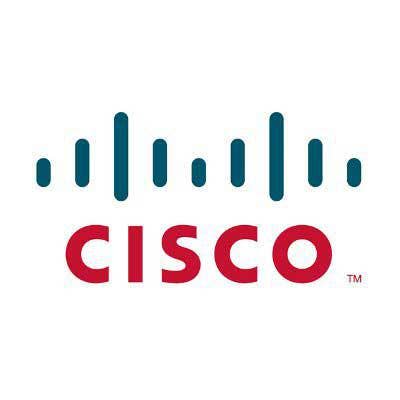
Crescent City Cisco
Cisco's annual Partner Summit, which kicks off in New Orleans next week, remains a crucial channel event, as it's the largest single-event gathering of Cisco partners in North America and is usually where Chairman and CEO John Chambers and his top lieutenants and channel chiefs chart a course with partners for the succeeding 12 months.
Cisco is expected to go all-out with channel programs related to cloud computing and verticalization at this year's Summit, and also continue to flex its data center, collaboration, video and cloud muscles in the coming months. With that in mind, here's a look back at key events in the Cisco channel since 2010's Cisco Partner Summit in San Francisco -- each important to understanding Cisco's present channel picture.
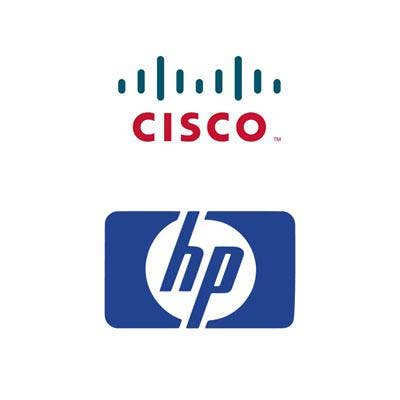
April 2010: HP Who?
While Cisco throughout 2009 turned up the competitive rhetoric in its emerging rivalry with HP -- and made a big show of cutting HP as a reseller/integrator from its partner program in early 2010 -- mentioning HP to a Cisco executive at the 2010 Partner Summit earned you not competitive bating, but a blank stare. Cisco's top channel brass only made glancing reference to HP throughout the event, with the party line being "we focus on market transitions, not competitors."
Since then, it's been more HP, not Cisco, aggressively calling out its networking and data center rival, although Team Cisco, from Chambers on down, hasn't been above a few good-natured digs.
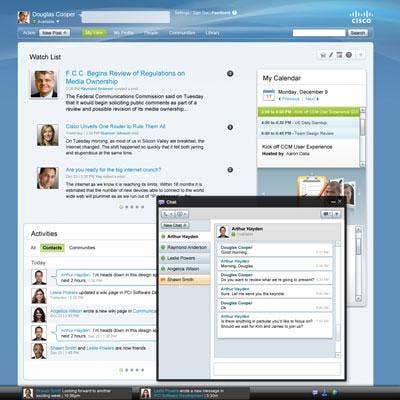
June 2010: Quad-tastic
Cisco in June unveiled Quad: a collaboration platform that doubles as a social networking tool, is a major addition to Cisco's UC offerings, and is also a cloud initiative thanks to its potential role in private cloud building. With the battle over flexible collaboration platforms heating up -- and the insistent trend of taking collaboration software far beyond mere videoconferencing, presence or IM that much more prevalent -- Cisco sees Quad as a "personal dashboard" for large enterprises. And its partners focused on the UC and data center spaces quickly took notice.
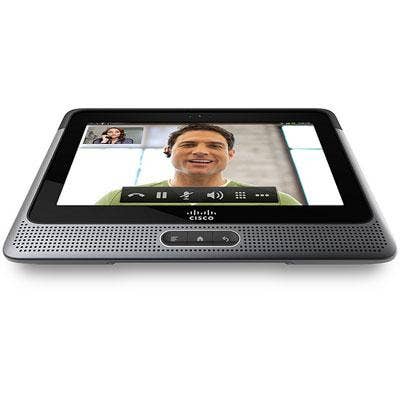
July 2010: Cius It Now
Cisco Cius is an Android-based tablet, debuted eight months ago, that the company is looking to position as a true UC and collaboration endpoint. Following Cius' debut, channel partners were impressed with the device and inspired by its potential for business use. Since then, only here-and-there details have emerged, including that Cius would be available starting in March.
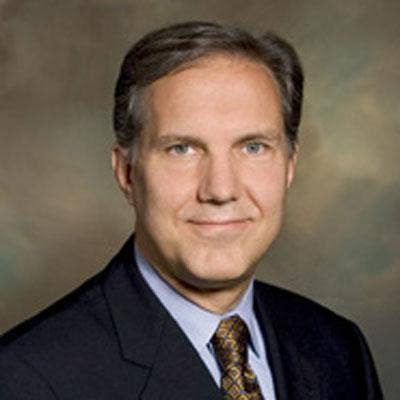
July 2010: Channel Team Makeover
Cisco shuffled its channel management beginning in early July, the result being a team Keith Goodwin says is better aligned for the growth opportunities and challenges that lay ahead for the Cisco channel. Goodwin, Cisco's senior vice president, Worldwide Partner Organization, cites video, collaboration, cloud computing and data center virtualization as reshaping the industry, and at no time in his 30 years in the business has he seen so much change happening at once.
At this year's Partner Summit, look for main-stage presentations from Edison Peres, senior vice president, worldwide channel organization; and Jim Sherriff, senior vice president, U.S. and Canada channels; and plenty of visibility for Wendy Bahr, senior vice president, global and transformational partnerships; Scott Brown, vice president, worldwide distribution; and Dave O'Callaghan, vice president, worldwide commercial sales -- all of whom have markedly different jobs since last year's Partner Summit.

Aug. 2010: Supply Chain Smooths Out
Cisco's new fiscal year 2011 began on Aug. 1, 2010, and with it, Cisco could finally start to put the supply chain nightmares that dogged the channel for all of its fiscal 2010 behind it. The first quarter of the new year, according to Cisco, was when almost all of the Cisco products affected by constrained lead times were back to normal, closing a chapter in recent Cisco history the company would no doubt rather forget.
"At the heart, are we perfect? No. Do we occasionally make mistakes? Absolutely," said Cisco's Chambers in a recent CRN interview. "And I want to apologize for the lead times last year and communications with the partners. We clearly hurt them and hurt ourselves and hurt our customers, and it look us too long to fix it."
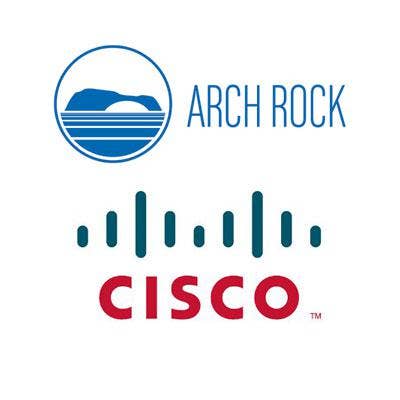
Sept. 2010: Arch Rock Acquired
Cisco's made some interesting acquisitions over the past year, especially of companies like LineSider, which specializes in network services virtualization, and more recently, Pari Networks, which makes network configuration and change management products for enterprise security. But Cisco's Chambers and its channel executives have called out smart grid and energy management as major opportunities for the channel five or more years down the line -- a fact that makes Cisco's September acquisition of Arch Rock that much more intriguing.
Arch Rock, which makes IP-based wireless technology for smart grid applications, could prove that much more important for Cisco, which sees smart grid as a potentially $20 billion-a-year opportunity down the line.
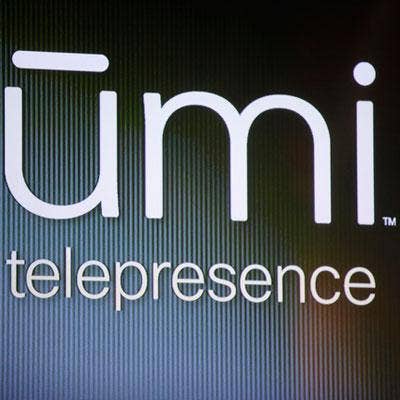
Oct. 2010: Promise of Umi?
Cisco in October went live with Umi, a home telepresence system that Cisco's teed up as a transformative experience in consumer video. But the high-end pricing -- a $600 investment in hardware and software, with a $24.99-a-month subscription -- didn't wow Cisco's channel partners, who won't nominally get to sell the product anyway, and hasn't wowed the industry, if Cisco's latest consumer revenue numbers are any indication. It'll be interesting to see if Umi makes progress this year.

Nov. 2010: Desktop Virtualization Is Go
The virtual desktop is a logical extension of collaboration and cloud computing, and Cisco's made it known that it hardly intends to sit out desktop virtualization's lucrative possibilities. In November, Cisco launched the Cisco Virtualization Experience Infrastructure (VXI), a desktop virtualization system that utilizes Citrix's XenDesktop 5 and VMware View 4.5 and is enabled for Cisco UC products, Cisco Quad, Cisco ACE load balancing, Cisco WAN acceleration, Cisco ASA security appliances, Cisco AnyConnect VPN, and Cisco's UCS, along with Nexus and Catalyst data center switches, MDS multilayer SAN switches and Cisco ISR routers. It's a full package -- one that's definitely attracted partner interest.
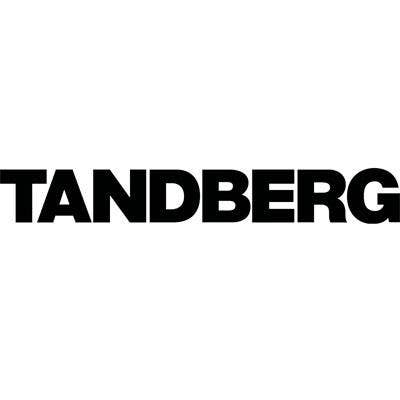
Jan. 2011: Deadline For Tandberg
Jan. 31, 2011, was the deadline by which Cisco said it would map all of Tandberg's existing channel partners into Cisco's partner program and TelePresence Authorized Technology Provider (ATP) designation. By most partners' accounts, Cisco's integration of Tandberg -- from channel programs to video products -- has been deftly handled. With video and collaboration a more important piece of Cisco's revenue pie than ever, partners should expect even greater emphasis on the product set this year.

Feb. 2011: Street Disappointments
Cisco's earnings have been mixed bags for three straight quarters now, bringing disappointment from Wall Street -- especially around future guidance -- and considerable alarm for its public sector and consumer businesses. But the most telling thing about Cisco's most recent quarterly earnings report are the declines in switching and routing revenue -- proof, perhaps, that Cisco rivals like HP are making gains into market segments that still account for 46 percent of Cisco's revenue.
That said, there's plenty about Cisco's earnings to still get excited about, most notably the double digit gains in its data center and collaboration groups. The former, especially, is proof that Chambers' vision of Cisco as a marquee data center player is no mere thought bubble.
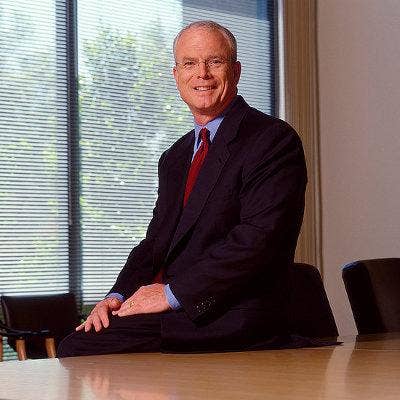
Throughout: Executive Maneuvers
When you're a company is as large and as visible as Cisco, you're bound to have executive comings-and-goings, and to be fair, Cisco does a better job than most of its peers at hanging on to -- and also attracting -- top people. Along with a gaggle of Cisco channel executive changes, Cisco within the past eight months promoted Gary Moore, its worldwide services chief, to the newly created position of COO, added Chief Marketing Officer duties to the position of communications chief Blair Christie, and snagged Mark Papermaster, best known for his high-profile exits from both IBM and Apple, to be point man on the technical side for Nexus switching.
It's had some big departures too. Susan Bostrom, Chambers' longtime CMO, announced she would step down, and Tony Bates, who was Cisco's senior vice president, enterprise, commercial and small business group, became CEO of Skype.